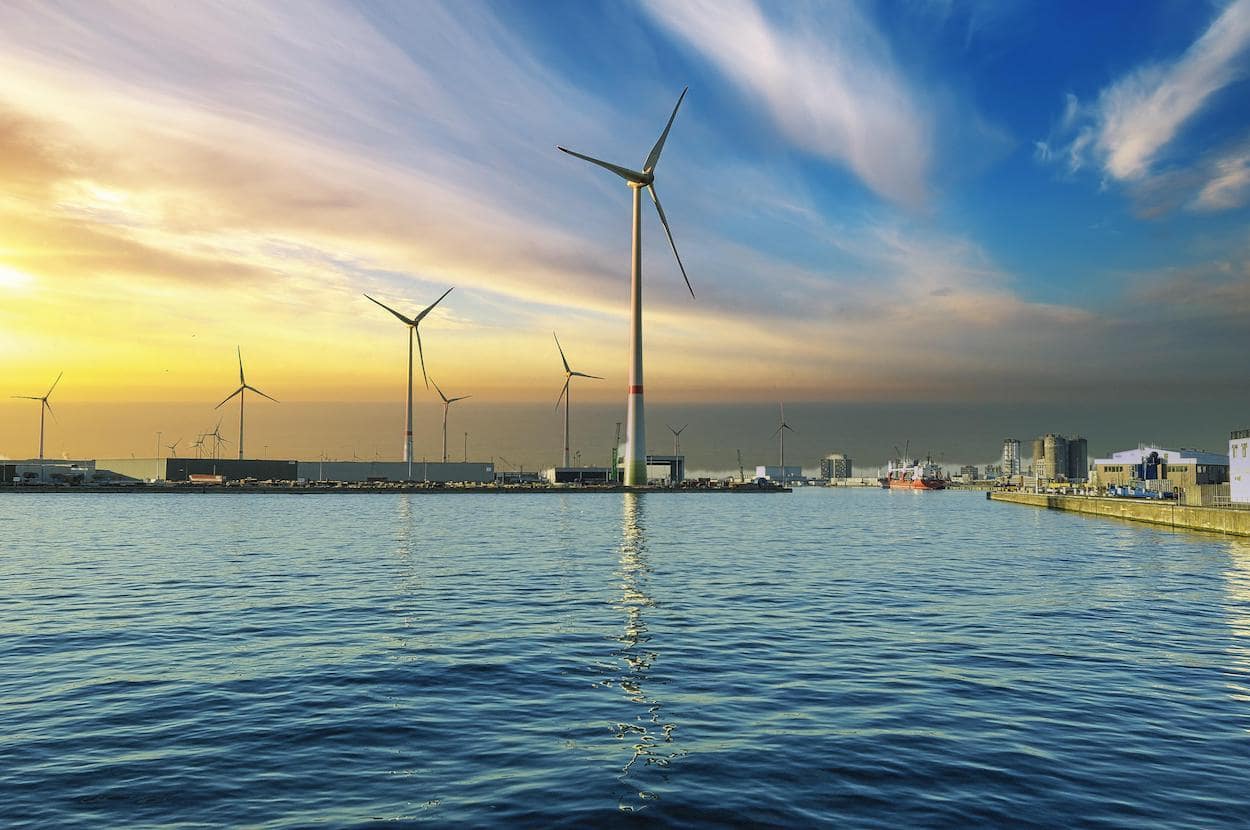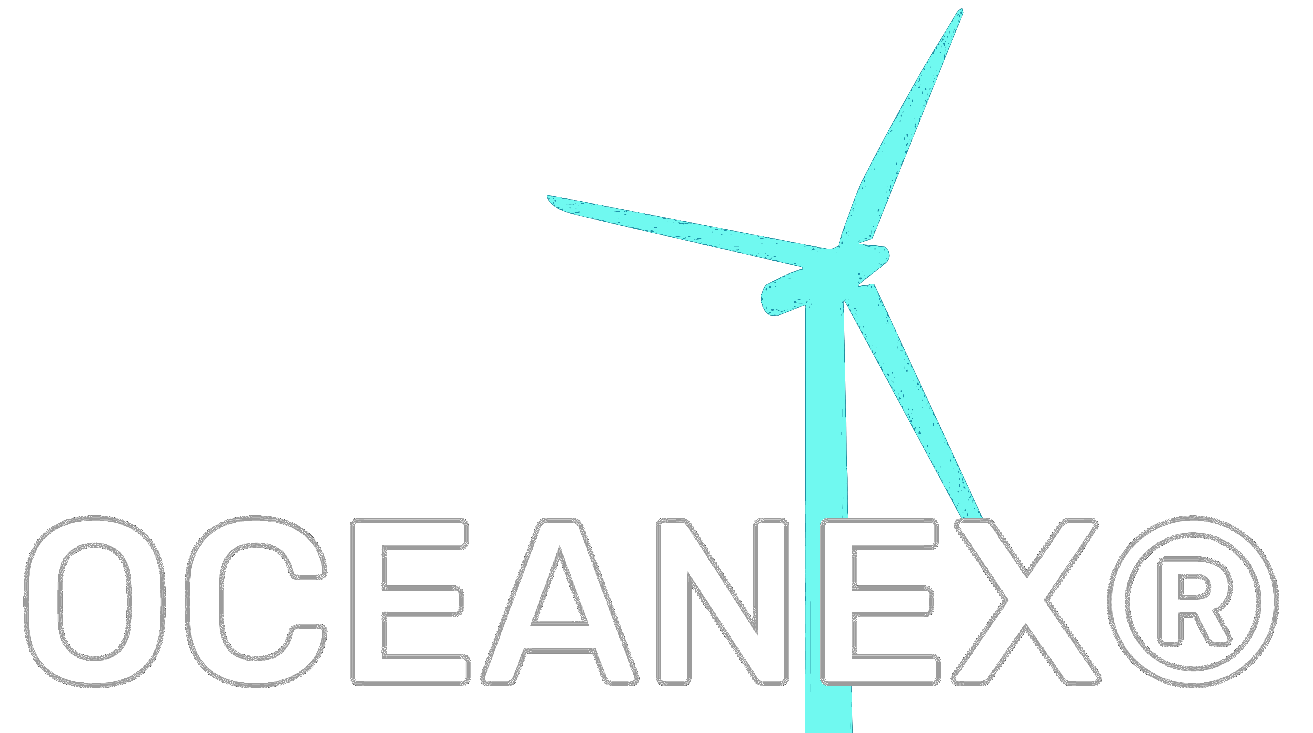
Offshore wind turbines are a key component of the global transition to renewable energy sources. These structures harness the power of the wind to generate electricity, and recent advances in technology and design have made offshore wind turbines more efficient, reliable, and cost-effective. In this article, we will explore some of the latest advances in offshore wind turbines and how these developments are driving the transition to renewable energy.
Floating Wind Turbines
One of the major advances in offshore wind turbines is the development of floating structures. Traditionally, offshore wind turbines have been mounted on towers that are anchored to the seabed, but floating wind turbines are able to be deployed in deeper waters, where the seabed is too deep to support traditional foundations. This allows floating wind turbines to be deployed in a wider range of locations, expanding the potential for offshore wind energy development.
There are several different designs for floating wind turbines, including spar-buoy, tension leg platform, and semi-submersible. Each design has its own unique benefits and challenges, and engineers are constantly working to improve and optimize these designs to make them more efficient and cost-effective.
Larger Turbine Blades
Another major advancement in offshore wind turbines is the development of larger turbine blades. These longer blades are able to capture more wind energy, increasing the power output and efficiency of the turbine. In addition, longer blades allow for the use of larger generators, which can further increase the power output of the turbine.
However, longer blades also present challenges in terms of design and manufacturing. These blades must be able to withstand the loads they will be subjected to in their operational environment, and they must be able to be transported and installed efficiently. Engineers are constantly working to improve the design and manufacturing processes for longer blades to make offshore wind turbines more efficient and cost-effective.
Improved Transmission Technologies
In addition to advances in turbine design, there have also been significant developments in the technologies used to transmit electricity from offshore wind turbines to the onshore grid. Subsea cables are the primary means of transmitting electricity from offshore wind turbines, and these cables have become more advanced and efficient over time. In particular, the use of high-voltage direct current (HVDC) cables has increased in recent years, as these cables are able to transmit electricity over longer distances with minimal loss.
Improved transmission technologies are crucial for the growth of offshore wind energy, as they allow offshore wind turbines to be deployed in locations that are further from shore. This expands the potential for offshore wind energy development, making it more cost-effective and viable as a renewable energy source.
Conclusion
Offshore wind turbines are a key component of the global transition to renewable energy sources, and recent advances in technology and design have made these structures more efficient, reliable, and cost-effective. From floating wind turbines to larger turbine blades and improved transmission technologies, the progress made in offshore wind energy is driving the transition to renewable energy and helping to reduce our reliance on fossil fuels.

